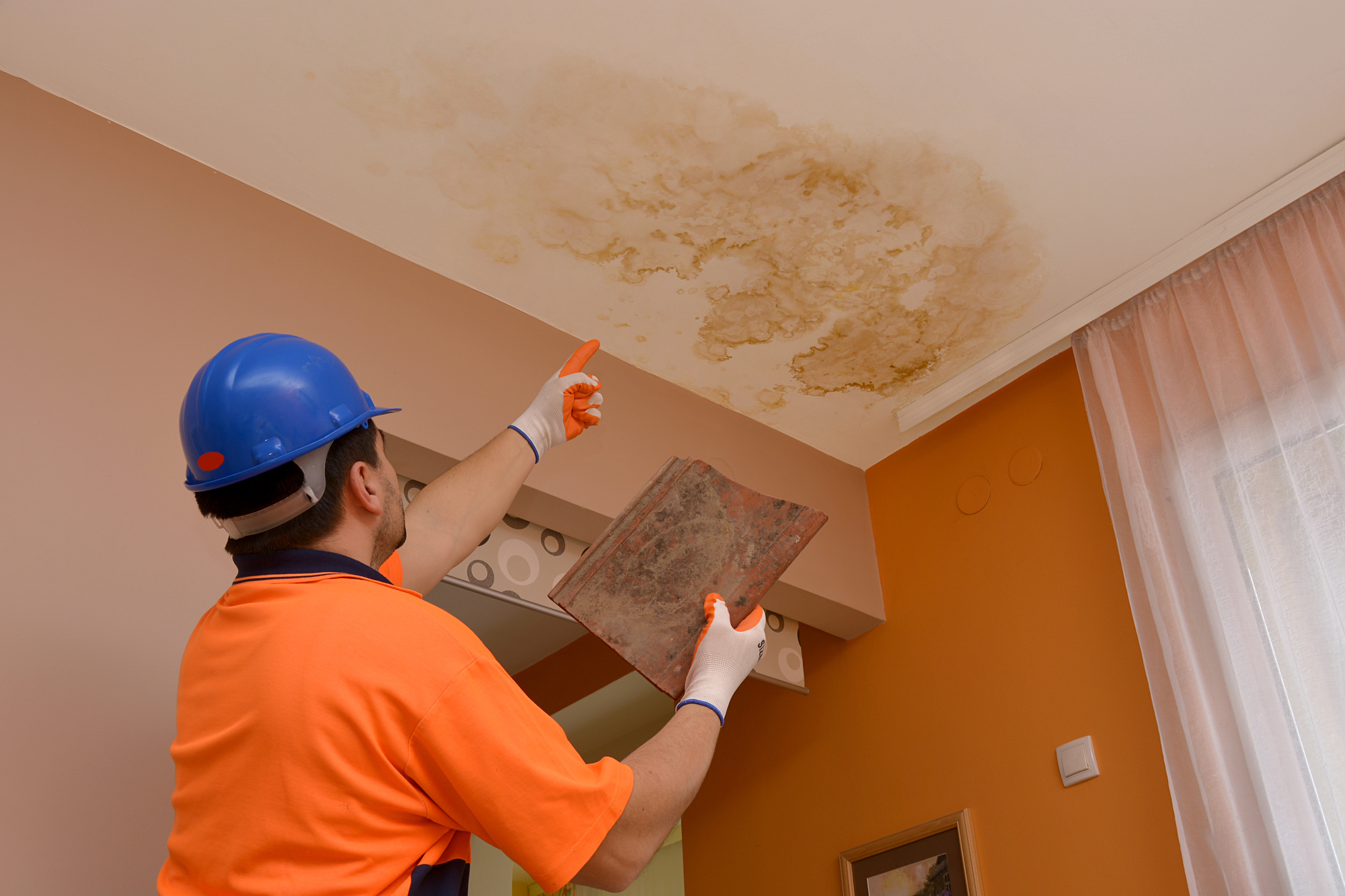A recent study found that while most types of property insurance claims have gone down in numbers, claims filed for water damage have gone up.
When we take into account the possibility of water damage, we tend to think of the water leaking through our roofs and pooling around leaky pipes. We expect to find visible damage.
What we might forget about is the very real threat possibility that water damaged the foundation. You might not see it happening, but a water-damaged foundation, if not addressed quickly, can become a very costly problem.
Read on to find out more about what can happen to your foundation if it becomes damaged and how to spot signs that water damaged it.
The Components of a Foundation
The foundation is what stabilizes a house and absorbs the weight that pushes into the ground below.
We may not pay much attention to our foundation because most of it isn’t visible from the outside of the house. It is not uncommon to see a foundation with only 6 or so inches sticking out from the ground. The rest is buried, only partially accessible through the basement.
Most houses have concrete foundations. Even those with wood foundations are built upon a concrete slab buried well below the frost line.
Just below the concrete slab is a moisture barrier made of waterproof materials like polyethylene. The moisture barrier should also line the outer edge of the foundation materials that are built into the ground.
The innermost components of a foundation consist of either concrete and steel masonry or pressure-treated wood and steel masonry. This is the layer that is visible if you have a basement or crawlspace and may reveal the clearest signs of damage.
Now that you know a bit more about your foundation, let’s talk about how excess moisture can lead to minor or severe damage.
How Foundations Become Water-Damaged
Water damage is no laughing matter and you can find out more about how it may affect all components of your house with this water damage guide. For now, let’s take a closer look at how excess moisture can destabilize your foundation.
Note that a weakened foundation can cause a whole mess of problems. You may notice a slope in your floors at first. Over time, the walls can bow, doors and windows can stick, and even your roof can sag. That’s why even when a water-damaged foundation seems like a minor issue, it should be treated right away.
Wet Soil Around the House
If the soil surrounding your foundation is loosely packed, it may absorb a large amount of water during a long period of rain or high humidity. When saturated with water, the soil will expand, pushing up against the sides of your foundation.
If moisture is constantly present, it may begin to break down the moisture barrier and seep through the less water-resistant materials such as concrete or wood. This can cause these materials to swell or shift.
Cracks Caused By Water
Cracks in the concrete or wood flooring of your basement are often caused by water. This water can come from above or below!
If you have a leak in your basement and water is beginning to pool, don’t ignore it. This puddled water can corrode the top layer of your foundation.
If water is pooling below the depths of your foundation, it can cause the soil beneath your house to move. This weakens the support for your foundation and the spots above these weak points may start to slowly collapse inward, cracking in the process.
Expanding and Contracting Soil
As we mentioned earlier, water-saturated soil around your foundation may cause problems. However, the problems don’t end when the soil dries out.
After expanding from moisture, the soil will actually contract as it dries. The fluctuation between pressure and extra wiggle room puts too much strain on the walls of your foundation. Any cracks or weakening caused during the excess pressure will start to weaken further when the foundation shifts in the opposite direction.
Moisture in Wood Foundations
Most contractors avoid wood foundations simply because they are more prone to water damage. While concrete’s cool temperature may attract moisture, concrete is pretty good at resisting moisture. Wood, on the other hand, is not.
Plus, when wood remains damp, it starts to rot. Rotting wood cannot do much to hold the weight of your home. It may also grow mold that could make your house’s air a little less breathable.
Treatment After Water Damaged Your Foundation
In many cases, you may have to call in professionals. However, we’ll go over a few measures you can take on your own to slow or prevent further damage.
First, make sure that your gutters and drain spouts are clean and functional. They should be diverting water away from the ground that surrounds your foundation.
Second, use epoxy or other waterproof sealants to close off any cracks in your cement. If wood panels are moist, you may want to install sister beams that will take on the extra weight weakened boards can no longer hold.
If your basement or crawlspace is consistently damp, you may want to install a dehumidifier. It is also a good idea to have a professional come out and ensure that your moisture barriers are still intact and that water isn’t seeping in from below.
Never Underestimate the Importance of Your Foundation
If water damaged your foundation, don’t sleep on the residual damage. Make sure that you’re aware of the state of your foundation and ready to tackle minor issues as they arise. Waiting until they’re severe is a costly decision to make.
For more tips and information on all things house-related, bookmark our page and check back often!

